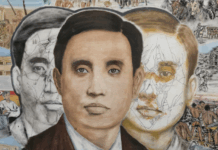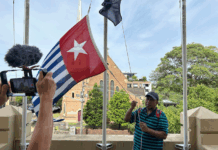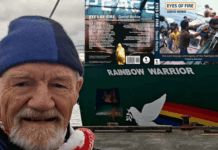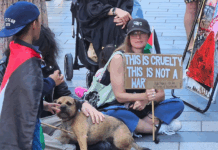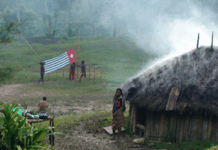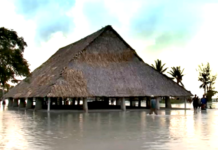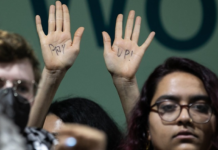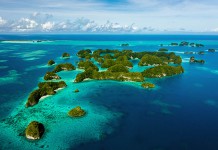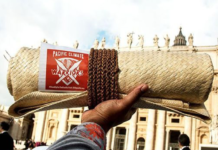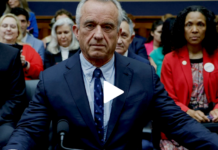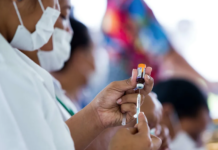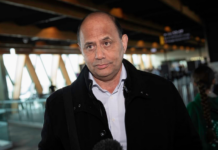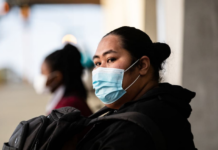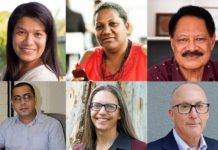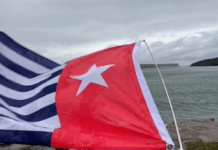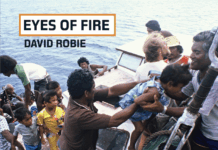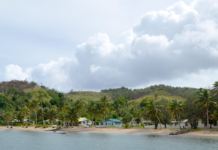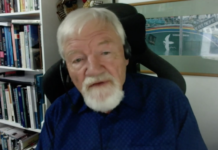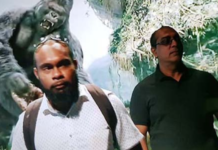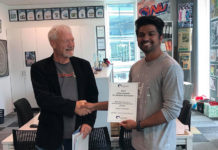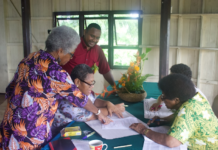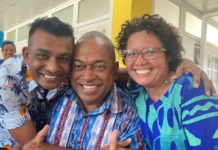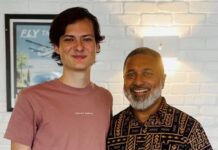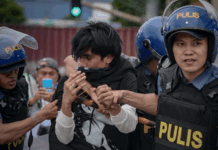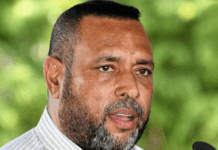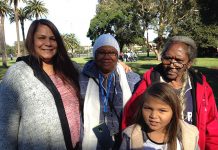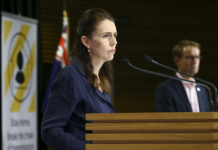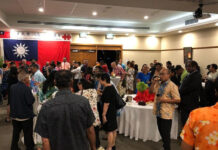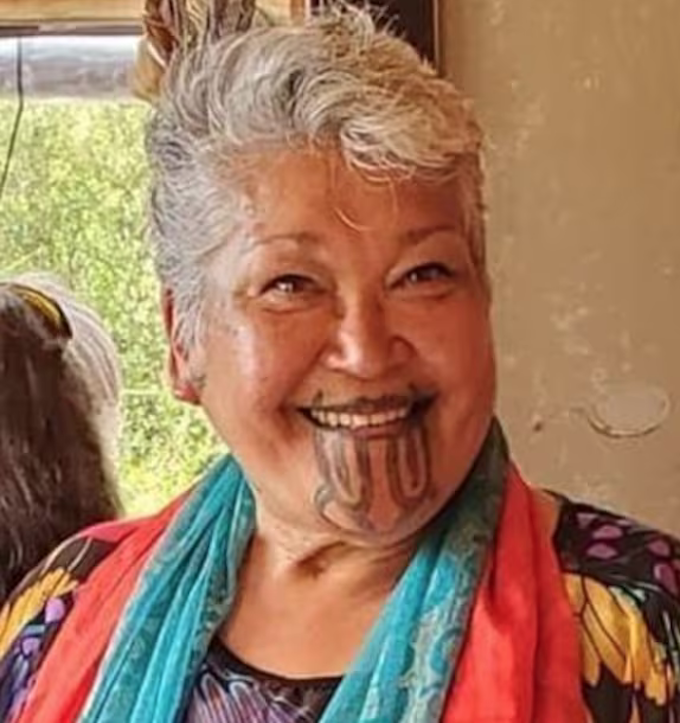
OBITUARY: By Heather Devere
Maata Wharehoka (Ngāti Tahinga, Ngāti Koata, Ngāti Apakura, Ngāti Toa, Ngāti Kuia. 1950-2025
Maata Wharehoka has been described as the Parihaka Matriarch, Parihaka leader and arts advocate, “champion of Kahu Whakatere Tupapaku, the tikanga Māori practices, expert in marae arts, raranga (weaving) and karanga”, renowned weaver who revived traditional Māori methods of death and burial, “driving force behind Parihaka’s focus to be a self-sufficient community”, Kaitiaki (or guardian) of Te Niho marae for nearly 30 years.
And I want to add Peace Advocate and Activist. She died aged 74.
At Te Ao o Rongomaraeroa, the National Centre of Peace and Conflict Studies (NCPCS) at Otago University, Ōtepoti Dunedin, we were fortunate that Maata brought her knowledge and her exceptional presence to help us learn some of the lessons from Parihaka about peaceful resistance, non-violent communication, conflict resolution, consultation, hospitality, humility and mana.
One of her first talks was entitled “Why do I wear feathers in my hair and scribbles on my face?” and she explained to us the significance of the raukura or albatross feathers that signify peace to the people of Parihaka.
She used the moko (tattoos) on her mouth, chin and from her ears to her cheeks to teach us the importance of listening first, before you speak.
Maata taught us the use of the beat of the poi to signify the sound of the horses hooves when the pacifist settlement at Parihaka was invaded by the British militia in 1881.
The poi and waiata have served as a “hidden-in-plain-sight” performative image by the people of Parihaka that represents consistent resistance to the oppression.
Maata had been shocked when she first came to the peace centre that we were only able to sing (badly) what she called a “nursery school” waiata. So she gifted a unique waiata to NCPACS to help with our transition to being a more bicultural centre, now named Te Ao o Rongomaraeroa.
Maukaroko ki te whenua,
Whakaaro pai ki te tangata katoa
Arohanui ki te aoraki
Koa, koa, koa ki te aoraki,
Pono, whakapono
Ki te ao nei
Ko rongo, no rongo, na rongo
Me rongo, me rongo, me rongo
Translation:
Peace to the land
Be thoughtful to all
Great love to the universe
Joy, joy, joy to the universe
Truth, truth to the world
It is Rongo, from Rongo, by Rongo
Peace, peace, peace.
Maata also hosted a number of students from TAOR/NCPACS at Parihaka for both PhD fieldwork and practicum experience, building a link between them and Parihaka that extends to the next generation.
She named her expertise “deathing and birthing” as she taught Māori traditions of preparation for dying and for welcoming the new born. One of the students learnt from Maata about the process where the person who is dying is closely involved in the preparations, including the weaving of the waka kahutere (coffin) from harakeke (flax) for a natural burial.
Maata herself was very much part of the preparations for her own death and would have advised and assisted those who wove her waka kahutere with much love and expertise.
For me, Maata became one of my very best friends. Her generosity, sense of humour, high energy and kindness quite overwhelmed me. We also became close through working and writing together, with Kelli Te Maihāroa (from Waitaha — the South Island iwi with a long peace history) and Maui Solomon (who upholds the Moriori peace tradition).
We collaborated on a series of articles and chapters, and our joint work was presented both locally and at international conferences.
On my many visits to Parihaka I was also warmly welcomed by the Wharehoka family and was able to meet Maata’s mokopuna, all growing up with Māori as their first language and steeped in Māori knowledge and tikanga.
Maata is an irreplaceable person, a true wahine toa, exuberant, outgoing, funny, clever, fiece, talented, indomitable. Maata, we will miss you terribly, but will continue to be guided by your wisdom and ongoing presence in our hearts and our lives.
In the words of Kelli Te Maihāroa “She was an amazing wahine toa, who loved sharing her gifts with the world. Moe Mai Rā e te māreikura o Te Niho Parihaka.’
Dr Heather Devere is chair of Asia Pacific Media Network and former director of research of Te Ao o Rongomaraeroa.
Publications:
Kelli Te Maihāroa, Heather Devere, Maui Solomon and Maata Wharehoka (2022). Exploring Indigenous Peace Traditions Collaboratively. In Te Maihāroa, Ligaliga and Devere (Eds). Decolonising Peace and Conflict Studies through Indigenous Research. Palgrave Macmillan.
Heather Devere, Kelli Te Maihāroa, Maui Solomon and Maata Wharehoka (2020). Concepts of Friendship and Decolonising Cross-Cultural Peace Research in Aotearoa New Zealand. AMITY: The Journal of Friendship Studies, 6(1), 53-87 doi:10.5518/AMITY/31.
Heather Devere, Kelli Te Maihāroa, Maui Solomon and Maata Wharehoka (2019). Tides of Endurance: Indigenous Peace Traditions of Aotearoa New Zealand. Ab-Original: Journal of Indigenous Studies and First National and First Peoples, 3(1), 24-47.
Heather Devere, Kelli Te Maihāroa, Maata Wharehoka and Maui Solomon (2017). Regeneration of Indigenous Peace Traditions in Aotearoa New Zealand. In Heather Devere, Kelli Te Maihaora and John Synott (eds.), Peacebuilding and the Rights of Indigenous Peoples: Experiences and Strategies for the 21st Century. Cham, Springer.


